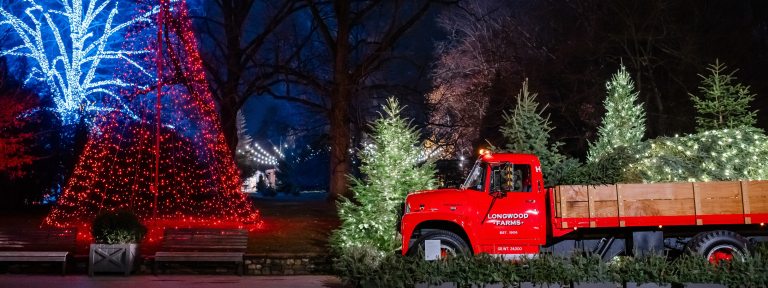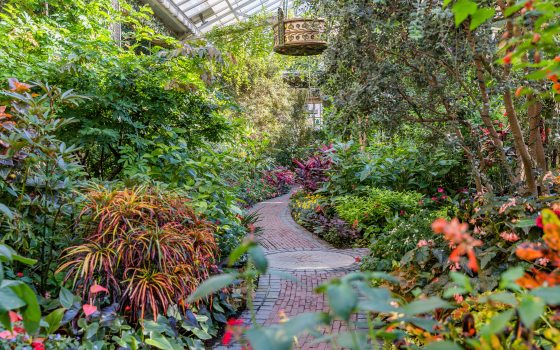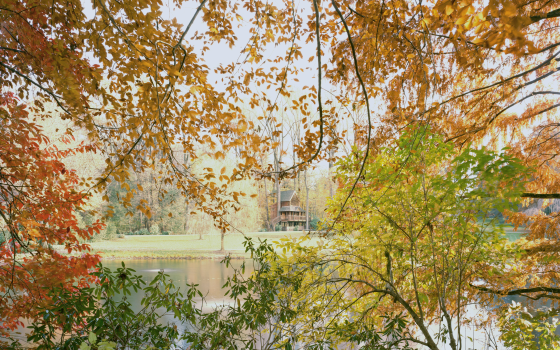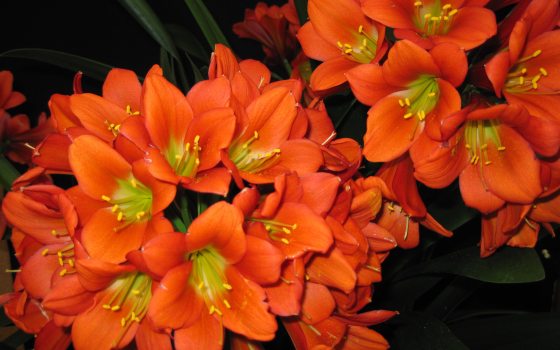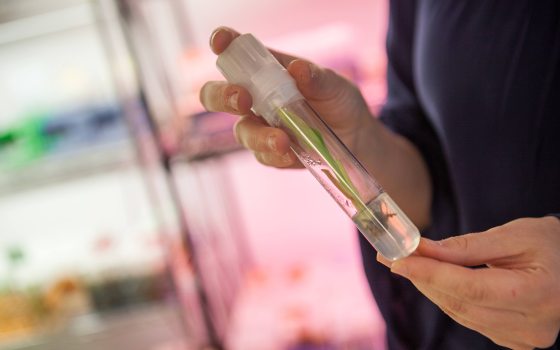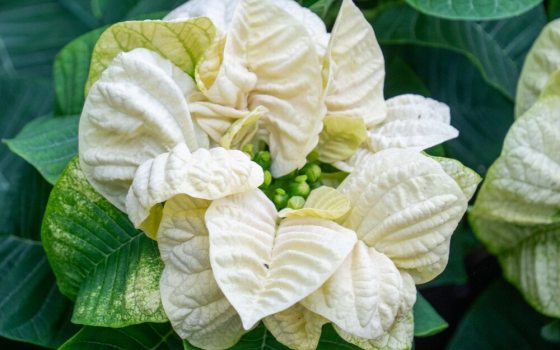Longwood Gardens, one of America’s quintessential landscapes, is a place of ever-changing seasonal beauty, handcrafted feats of horticultural wonder, and an awe-inspiring collection of the most beautiful plants from around the globe.
From our humble beginnings as a Quaker farmstead and arboretum, to Pierre S. du Pont’s forward-thinking stewardship, to today’s collection of renowned landscape designers, horticulturists, and architects, our great garden of the world evolves and emerges again and again.
Through Longwood Gardens and its program of outstanding horticultural display, every visitor to the Gardens has the opportunity to gain, culturally and spiritually, a better peace of mind.
Russell J. Seibert, Longwood’s first director
